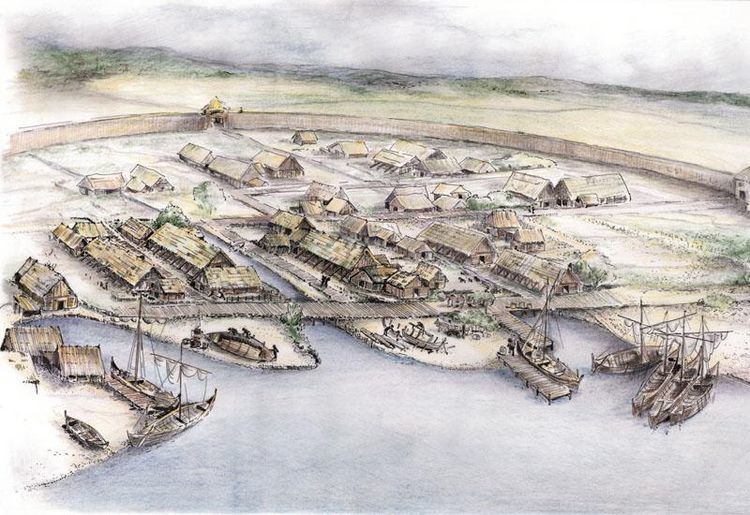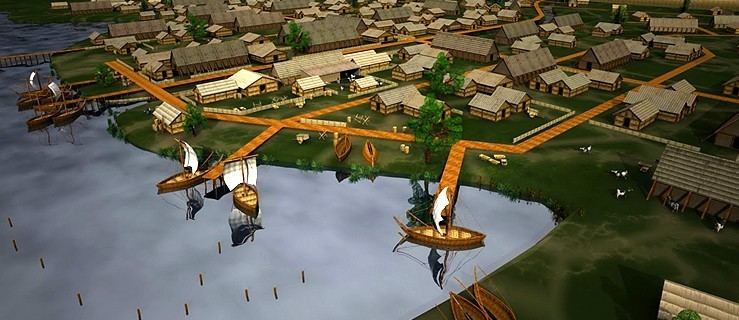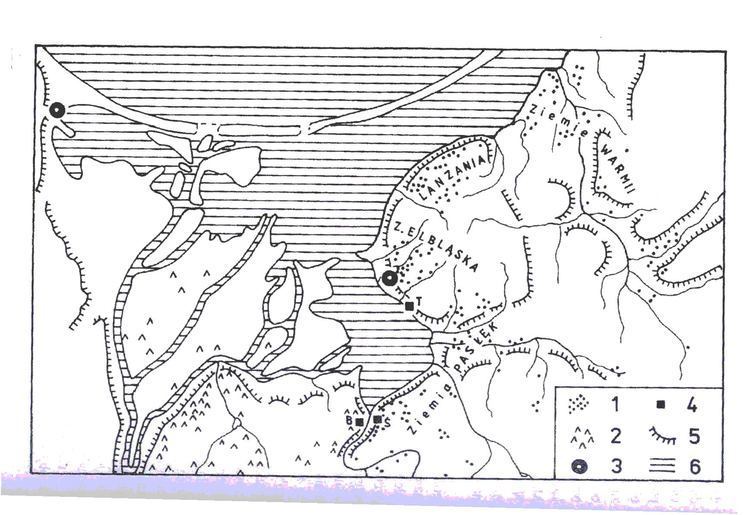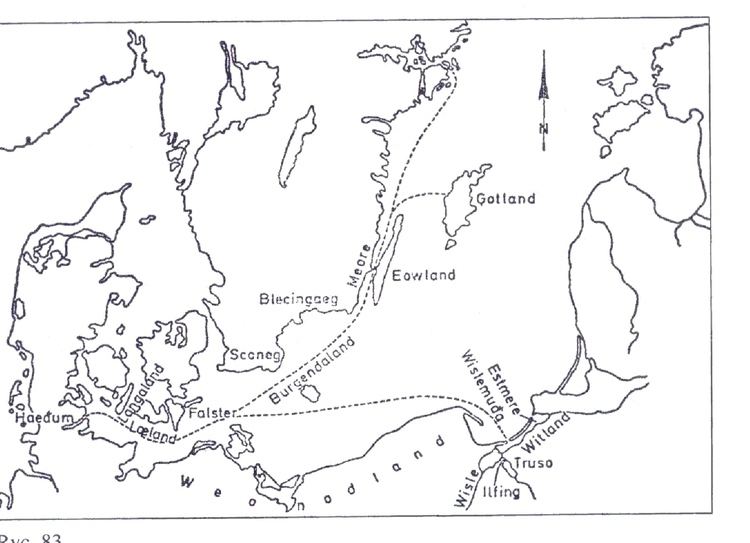 | ||
Maxi trusso nothing at all tomakenoise official remix
Truso, situated on Lake Drużno, was an Old Prussian (Pomesanian) town near the Baltic Sea just east of the Vistula River. It was one of the trading posts on the Amber Road, and is thought to be the antecedent of the city of Elbląg (Elbing). In the words of Marija Gimbutas, "the name of the town is the earliest known historically in the Baltic Sea area". The main export goods of Truso were amber, furs, and slaves, while blacksmithing and amber working were the major industries. The beginnings of the town can be dated back to approximately the end of the 8th century, while in the second half of the 10th century, the town declined and was eclipsed as a trade center by nearby Gdańsk.
Contents
- Maxi trusso nothing at all tomakenoise official remix
- Maxi trusso nothing at all
- History
- Archaeology
- References

Maxi trusso nothing at all
History

Truso was situated in a central location upon the Eastern European trade routes, which led from Birka in the north to the island of Gotland and to Visby in the Baltic Sea and later included the Hanseatic city of Elbing. From there, traders continued further south to Carnuntum in the Alps. This was called the Amber Road. The ancient amber roads led further south-west and south-east to the Black Sea and eventually to Asia. "For East Prussia, Truso played the same role as Haithabu (Slesvig) or Hedeby for north-western Germany or Slavic Vineta for Pomerania", Gimbutas has observed.

East-west trade route went from Truso and Wiskiauten (a rival centre in Prussia which sprang up at the south-western corner of the Courish Lagoon), along the Baltic Sea to Jutland, and from there up the Slien inlet to Haithabu/Hedeby, a large trading center in Jutland. Hedeby, which lay near the modern city of Schleswig in Schleswig-Holstein, was pretty centrally located and could be reached from all four directions over land as well as from the North Sea, the Atlantic Ocean, and the Baltic Sea.

Around the year 890, Wulfstan of Hedeby (by his own account) undertook a seven-days boat journey from Hedeby to Truso at the behest of king Alfred the Great. One possible reason for this expedition was because Alfred needed aid in his defense against the Danes or Vikings, who had taken over most of England. The reasons for this journey are fundamentally unclear, since Truso was at the time little more than a trading center, and Alfred the Great, the West Saxon ruler, already kept in close contact with the continental Saxons and the Franks.
Archaeology

First attempts at finding the exact location of the town date back to early sixteenth century. Based on Prussian archaeological finds from 1897 and excavations which began in the 1920s, archaeologists located Truso around Hansdorf near Elbing (since 1945 Soviet Polish take-over called Janów Pomorski, Elbląg). Found artifacts, dating from the 7th to 12th century, were stored in the Elbing Museum, now the Elbląg Museum. In the 1980s, the Polish archaeologist Marek Jagodziński had resumed excavations and cleared a c. 20 hectare site, in which a series of structures were burnt down around the year 1000 AD.

Gwyn Jones notes that "no true town has been found and excavated" and that the identification of the site in Elbląg with Truso is based on "finds of Norse weapons" and the presence of "a large Viking Age cemetery" nearby, According to Mateusz Bogucki "by now, there is no doubt that the settlement really is Wulfstan's Truso" The Elbląg Museum brochure: Truso- A Discovered Legend, by Marek F Jagodziński, describes a large number of buildings found during the recent excavations, with burnt remains of posts suggesting buildings of c. 5 x 10 m and long houses of about 6 x 21 m.
